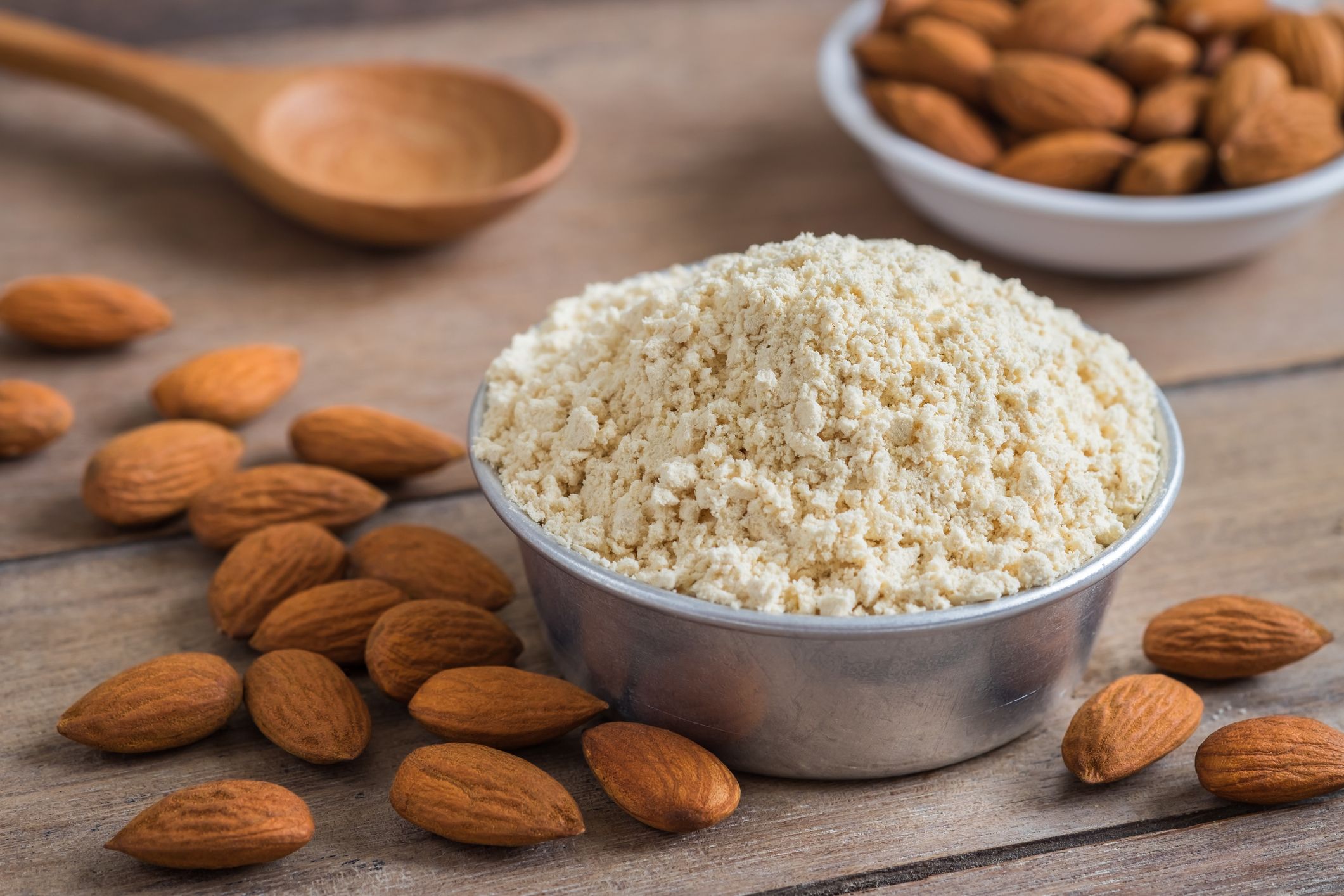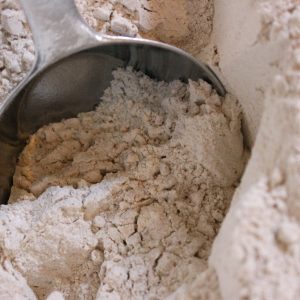Almond Flour: A Comprehensive Guide
Introduction
Almond flour is a popular alternative to traditional wheat flour, especially in gluten-free and low-carb baking. Made from finely ground almonds, it offers a rich, nutty flavor and a host of nutritional benefits. This guide provides an in-depth look at almond flour, including its types, nutritional profile, health benefits, culinary uses, and tips for substitution and storage.
What is Almond Flour?
Almond flour is made by blanching almonds to remove their skins and then grinding them into a fine powder. There are two main types of almond flour:
- Blanched Almond Flour:
- Made from almonds with the skins removed, resulting in a fine, light-colored flour.
- Ideal for delicate baked goods and recipes where a lighter texture is desired.
- Unblanched Almond Flour (Almond Meal):
- Made from almonds with the skins left on, giving it a coarser texture and darker color.
- Suitable for more rustic baked goods and recipes where texture and appearance are less critical.
Nutritional Profile
- Protein:
- Almond flour is high in protein, making it an excellent source of plant-based protein.
- Healthy Fats:
- Rich in monounsaturated fats, which are heart-healthy and can help reduce bad cholesterol levels.
- Fiber:
- High in dietary fiber, supporting digestive health and promoting a feeling of fullness.
- Vitamins and Minerals:
- Packed with essential nutrients, including:
- Vitamin E: A powerful antioxidant that helps protect cells from damage.
- Magnesium: Important for muscle and nerve function, blood sugar control, and bone health.
- Calcium: Essential for strong bones and teeth.
- Iron: Crucial for oxygen transport in the blood.
- Packed with essential nutrients, including:
- Low Carbohydrates:
- Almond flour is low in carbs, making it suitable for low-carb and ketogenic diets.
Health Benefits
- Heart Health:
- The healthy fats and antioxidants in almond flour contribute to cardiovascular health by reducing bad cholesterol and promoting good cholesterol levels.
- Blood Sugar Control:
- Almond flour has a low glycemic index, which helps maintain stable blood sugar levels and is beneficial for people with diabetes or those on low-carb diets.
- Weight Management:
- The high protein and fiber content in almond flour can help with weight management by promoting satiety and reducing overall calorie intake.
- Gluten-Free:
- Almond flour is naturally gluten-free, making it an excellent choice for people with celiac disease or gluten intolerance.
- Nutrient-Dense:
- Almond flour provides a dense concentration of essential vitamins and minerals, supporting overall health and wellness.
Culinary Uses
- Baking:
- Cakes and Cookies: Almond flour adds a moist, tender texture to cakes and cookies, and its nutty flavor enhances the overall taste.
- Bread and Muffins: It can be used to make gluten-free and low-carb breads and muffins, providing a hearty texture.
- Pastries: Ideal for making delicate pastries like macarons and tart crusts.
- Cooking:
- Pancakes and Waffles: Almond flour can be used to make fluffy, low-carb pancakes and waffles.
- Crusts and Breading: It can be used as a coating for chicken, fish, and vegetables, providing a crispy and flavorful crust.
- Thickening Agent:
- Soups and Sauces: Almond flour can be used to thicken soups and sauces, adding a subtle nutty flavor.
- Energy Bars and Snacks:
- Almond flour is often used in homemade energy bars, granola, and other healthy snacks.
Substitution Tips
- Ratio:
- When substituting almond flour for wheat flour, use a 1:1 ratio by volume. However, due to its higher fat content, you may need to adjust the amount of liquid in the recipe.
- Binding Agents:
- Almond flour lacks the gluten needed for structure in traditional baking. Adding eggs, flaxseed meal, or xanthan gum can help bind ingredients and improve texture.
- Blending:
- For best results, blend almond flour with other gluten-free flours, such as coconut flour or tapioca flour, to achieve a balanced texture and flavor in baked goods.
Storage Tips
- Airtight Container:
- Store almond flour in an airtight container to keep it fresh and prevent it from absorbing moisture and odors.
- Refrigeration:
- To extend its shelf life and prevent the natural oils from becoming rancid, store almond flour in the refrigerator or freezer.
- Shelf Life:
- Almond flour has a shorter shelf life than wheat flour due to its higher fat content. Use it within 3-6 months for optimal freshness and flavor.
Environmental Impact
- Sustainable Farming:
- Choose almond flour from brands that emphasize sustainable farming practices, such as organic farming and non-GMO practices, to reduce environmental impact.
- Packaging:
- Consider the environmental impact of packaging. Opt for products with minimal or recyclable packaging to support environmental sustainability.
Conclusion
Almond flour is a versatile and nutritious alternative to traditional wheat flour, offering numerous health benefits and a rich, nutty flavor. Its high protein, healthy fats, and essential nutrients make it a valuable addition to a balanced diet, especially for those following gluten-free, low-carb, or ketogenic diets. By understanding its types, health benefits, and culinary uses, you can effectively incorporate almond flour into your cooking and baking. Whether you’re making cakes, bread, or savory dishes, almond flour provides a delicious and wholesome foundation for your culinary creations.





Reviews
There are no reviews yet.